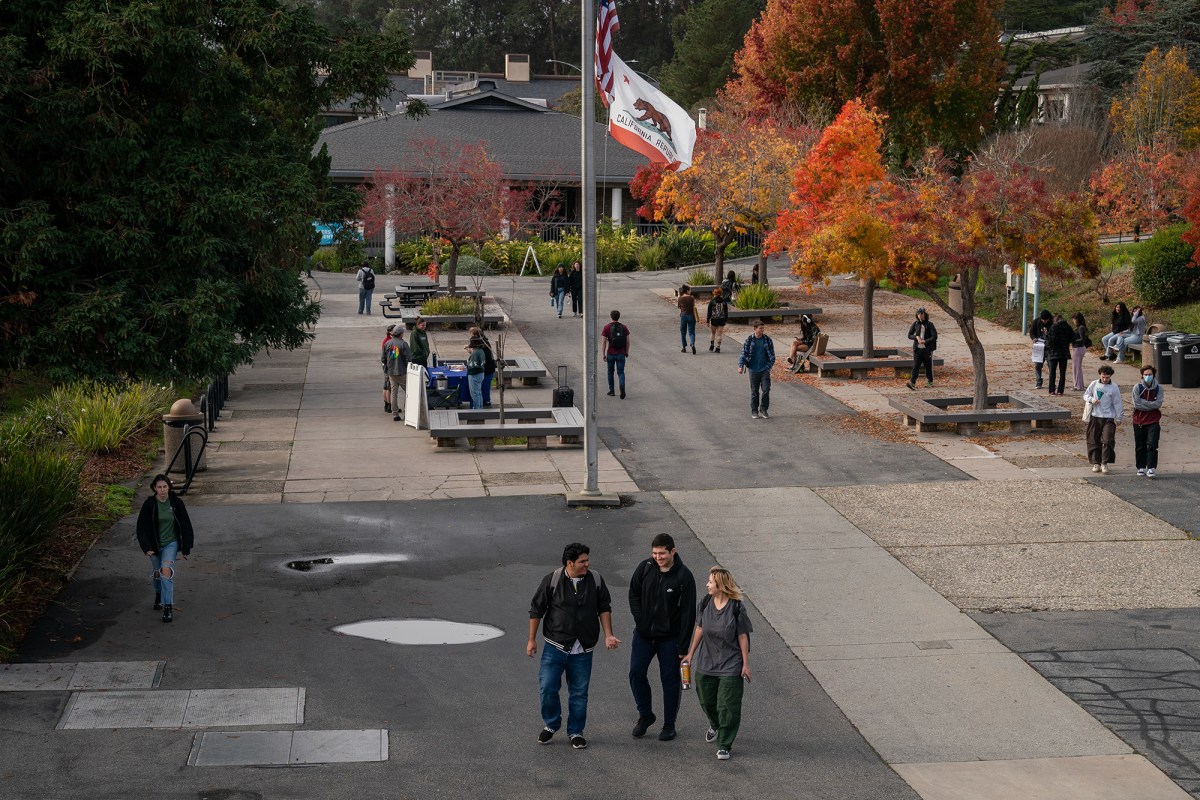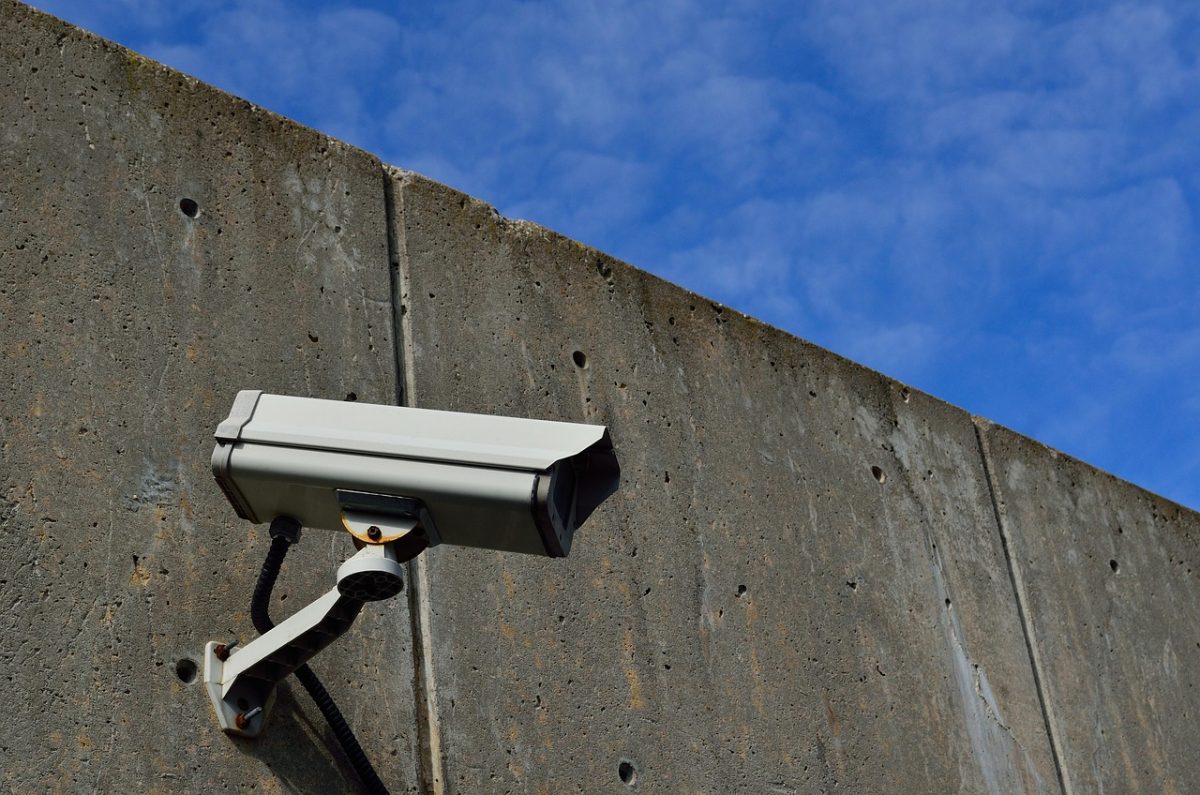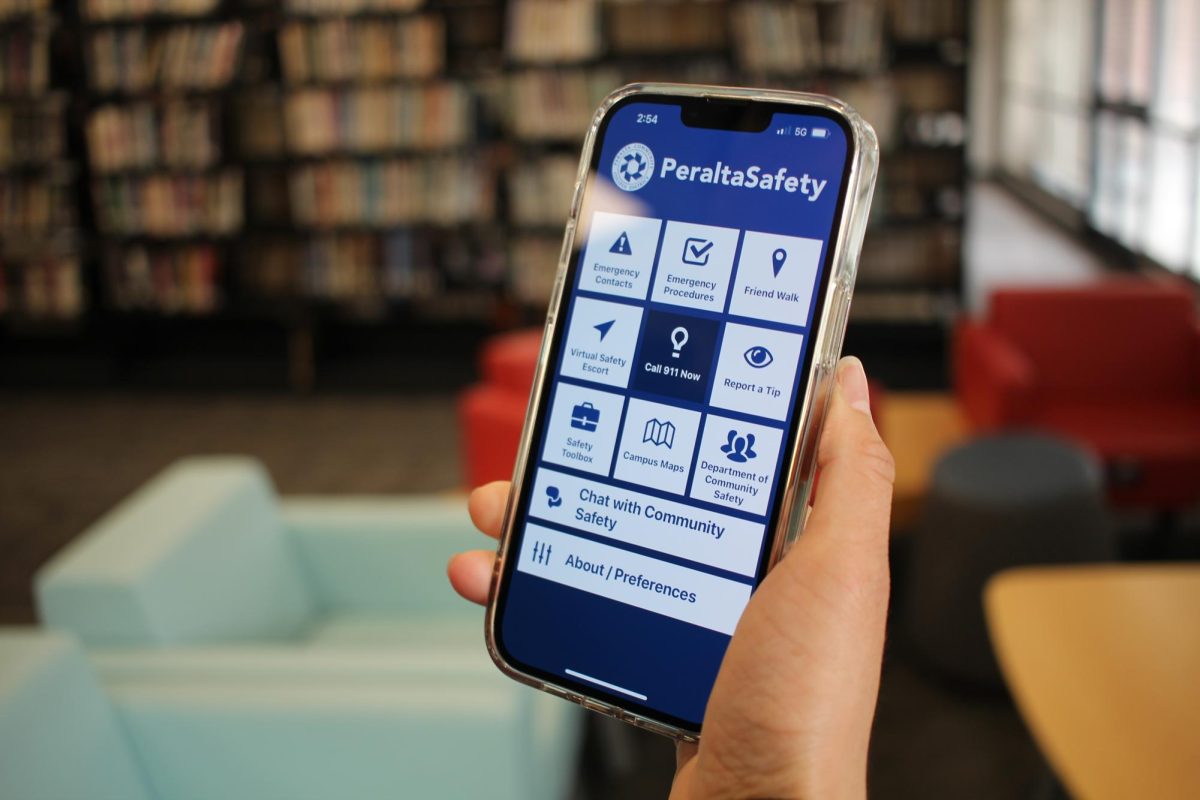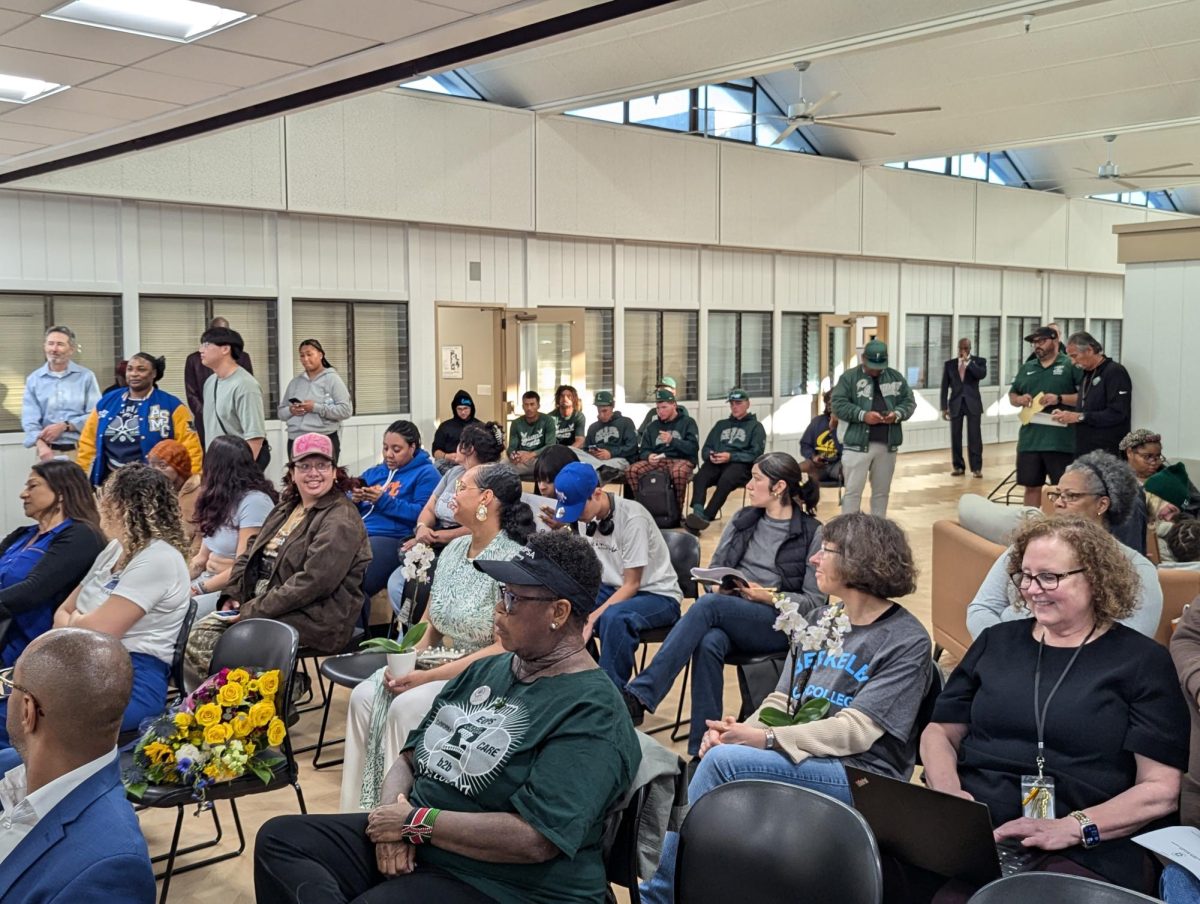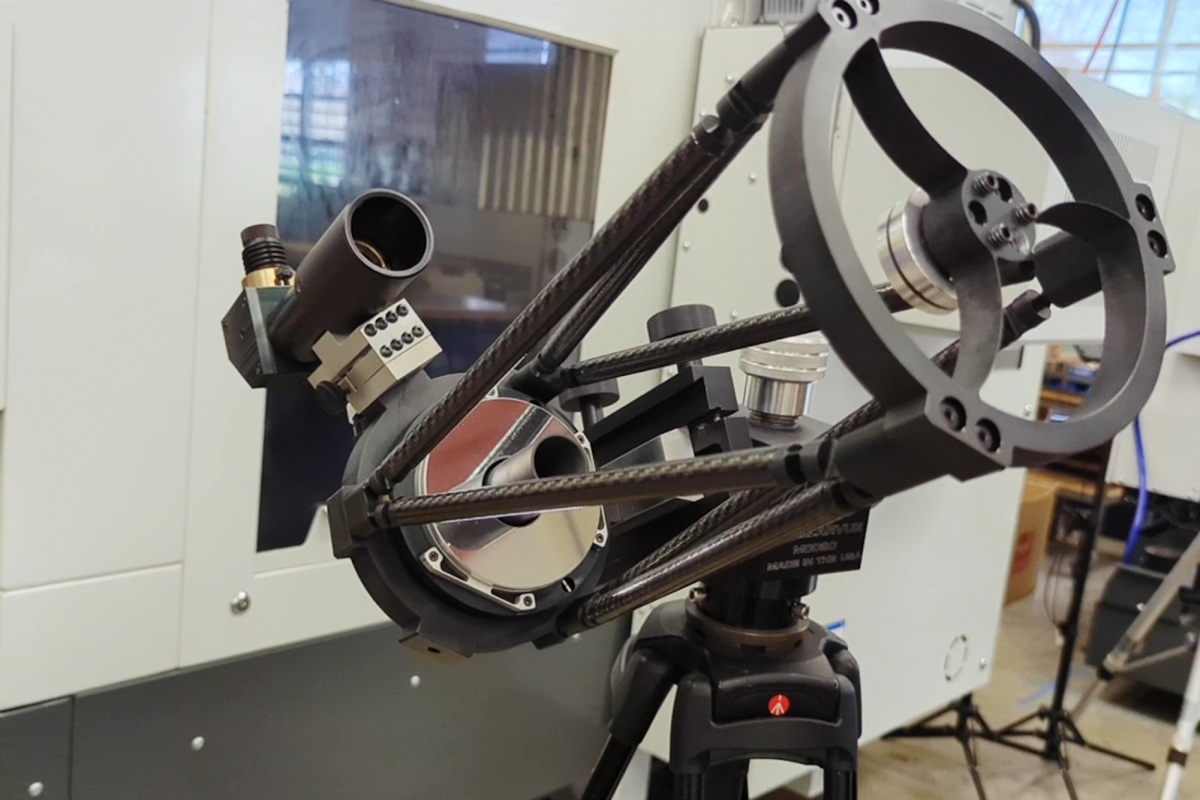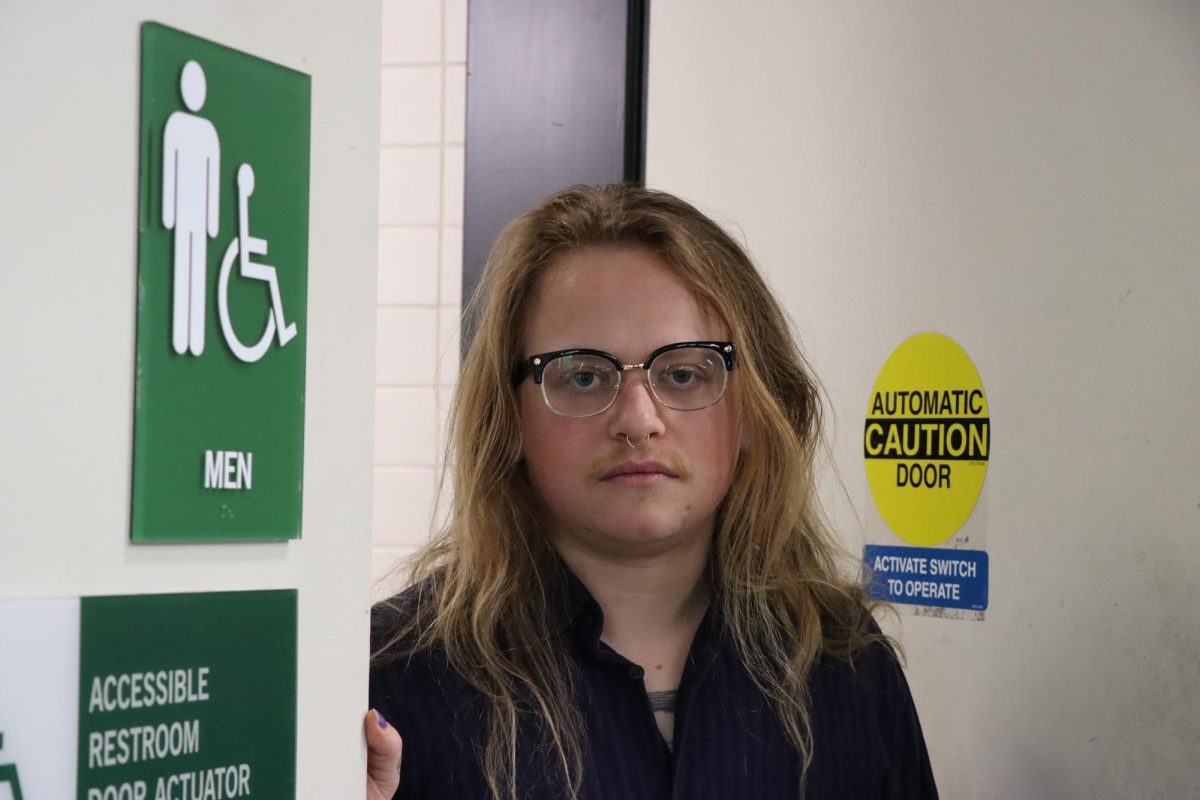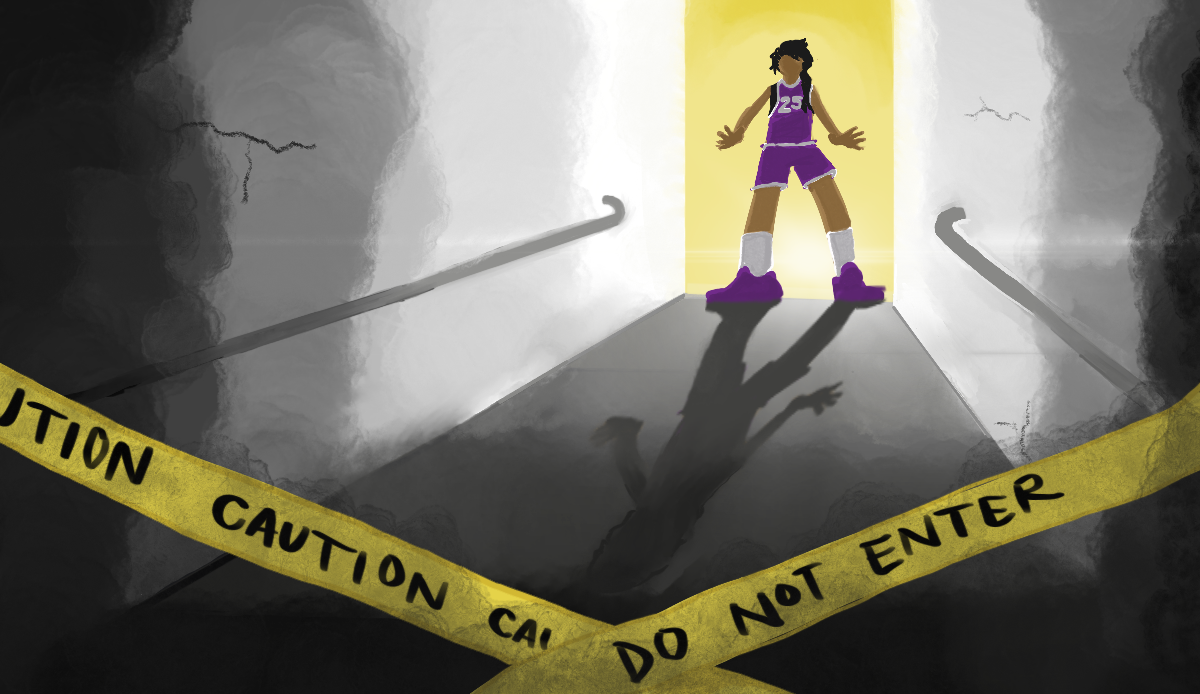Neighborhood cats” live here through no fault of their own, and without human intervention, their populations increase rapidly. Cities, animal shelters, animal welfare organizations, and individuals throughout the world agree: the best solution to controlling neighborhood cat numbers is “Trap-Neuter-Return” (TNR) because it is cost-effective, humane and it works.
In contrast, when cats are brought to animal shelters and end up being killed, taxpayers pay a steeper price. Trap-and-Kill costs include staff time during the mandatory holding period to care for the cat (who will be put to death if they’re not adopted or claimed). There are also significant costs to taxpayers for veterinary staff time, euthanasia, and disposal of remains.
Trap-and-Kill is untenable for other reasons as well. Shelters are often so crowded with animals that their hard-working staff must take measures to control intake, such as placing a moratorium on pet surrenders.
Cage space at shelters is at a premium. Neighborhood cats that are brought in are generally not adoptable, and they occupy cages that adoptable cats could be using. TNR helps to lower shelter intake and make the best use of shelter resources and staff time.
And its not just cats that benefit from TNR, People enjoy some benefits too. In exchange for our help, neighborhood cats give us the great pleasure that comes from caring for living creatures. In the process, we are making our community a better, more compassionate place for everyone.
The SPCA only charges $40 for spaying or neutering a neighborhood cat who also receives vaccinations, a microchip and flea treatment. Rates for pet cats are very affordable, too.
If you feed strays or ferals, be sure to get them fixed. If you have cats in your neighborhood or near your business, please — get them spayed or neutered before another litter of kittens is born!
Nina Cestaro is a Tower staff writer. E-mail them at ncestaro9(at)gmail.com.

